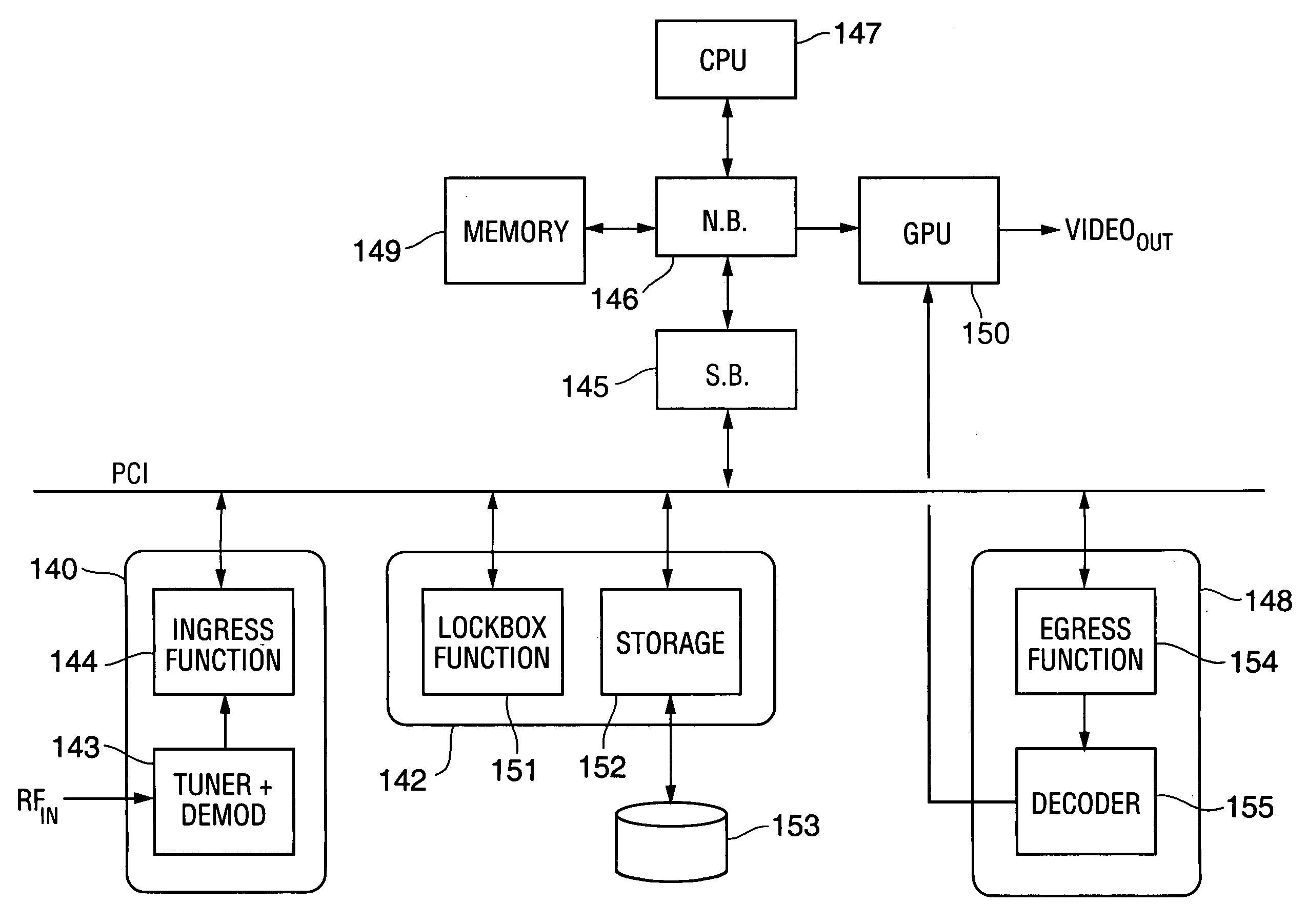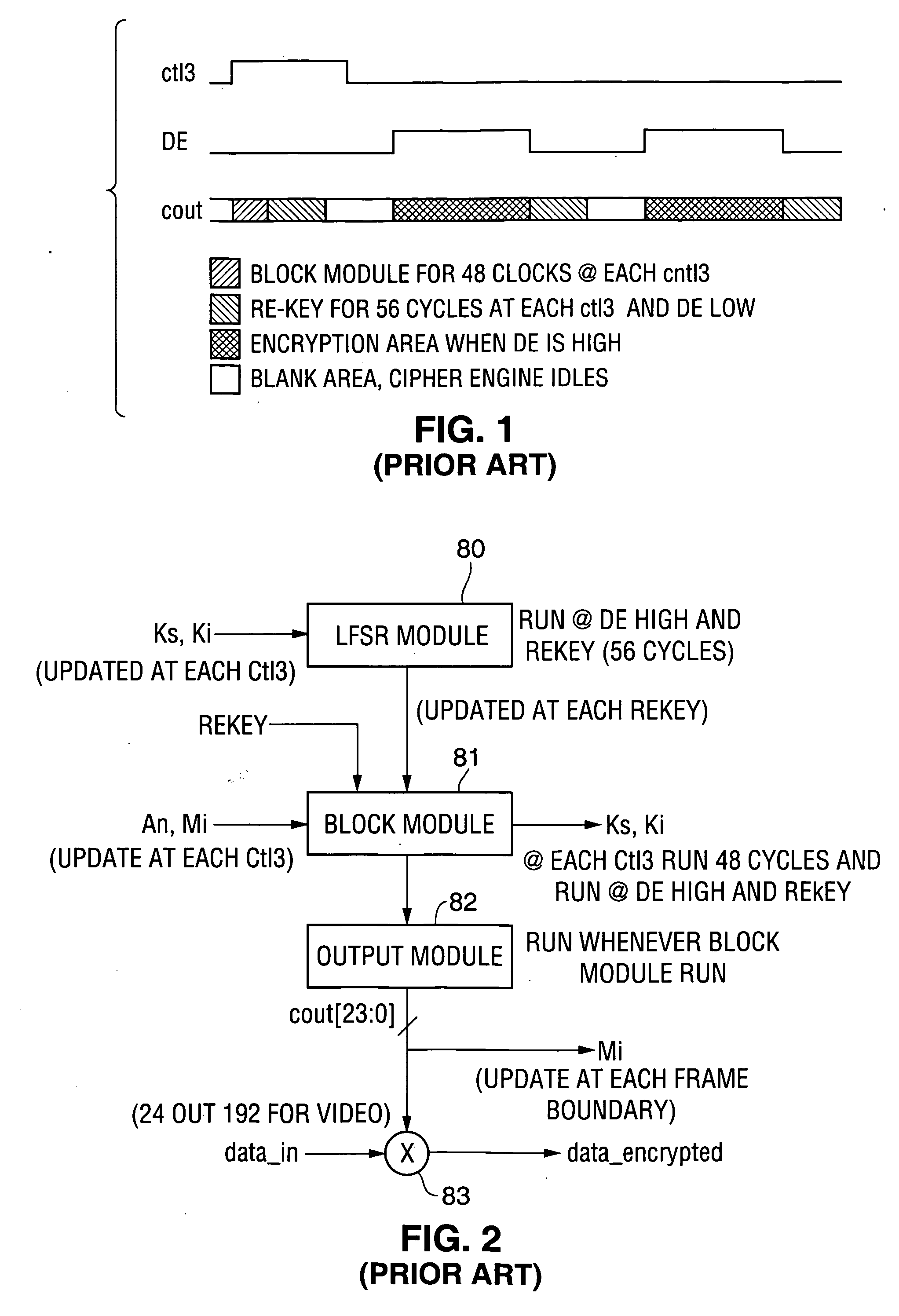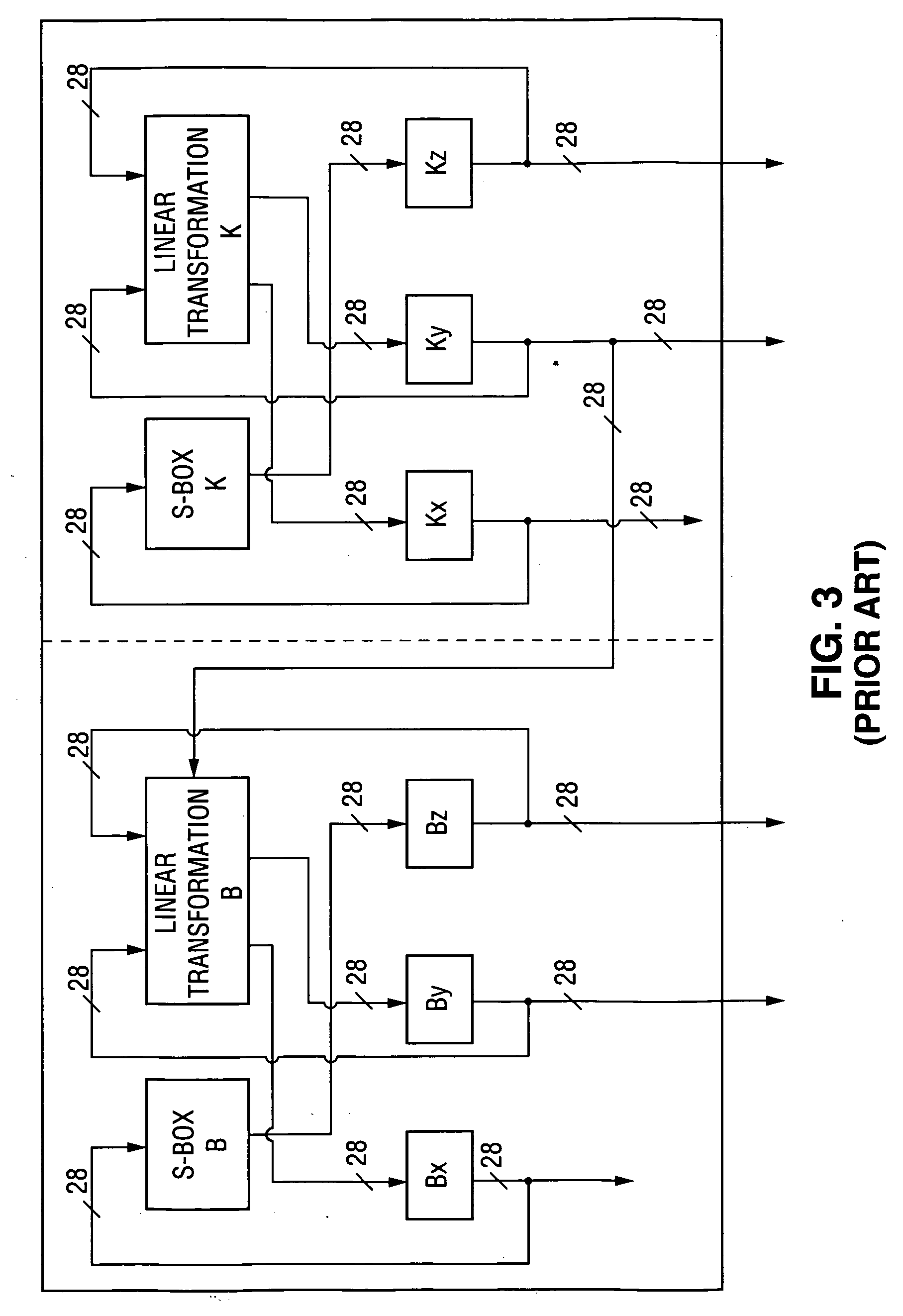However, the owners of entertainment
intellectual property (e.g., copyrights in movies) rightly are concerned about unauthorized use and
copying of their property when the relevant content enters such a PC.
However, the owners of such
intellectual property rightly are concerned about unauthorized use and
copying of their property when the relevant content enters a PDN.
This is because the open-systems nature of the PC makes it trivial to take highly valuable content (such as music or films) and distribute copies to untold millions of users who do not have the permission of the owner(s) of the relevant, highly valuable
intellectual property to access this content.
Unfortunately, due to the very nature of software decode (in either open or
closed system device implementations), content cannot be effectively protected in a conventional PDNE that employs software to decrypt content.
At some point during the software decode process, both the keys and the decrypted content (e.g.,
plaintext video and audio data) are available within the registers and / or memory of the device, and therefore unauthorized copies of the keys or content can made and distributed without permission of the owner(s) of the relevant intellectual property.
If high quality copies of movies or other works can be made and distributed widely, e.g. via
the Internet, then the intellectual property in such content quickly loses its value to the owner.
If both the keys and decrypted content stay within the
closed system, there is no simple method for “
cracking” the content protection method.
A “closed”
system (e.g., a standalone
DVD player) does not provide a way for a user to add or remove hardware or software.
It is worth noting that even an intended
closed system can suffer from the same vulnerabilities as an open
system.
For example, if a cable or
satellite Set Top Box (STB) is implemented using an architecture similar to that of a PC, where software handles the secret keys, it is possible for the software to be modified so that this secret material is compromised.
However, protection of content within a closed system presents other problems.
If both keys and content follow the same path, then there is an inherent unidirectional information flow to a closed system that precludes use of good
authentication methods.
That is, much of the intrinsic value of the original movie is lost in the conversion from the higher definition original to standard TV definition.
In addition, until recently it has been impractical to transfer large files, like decrypted movies, between users.
However, decoding content (e.g., HD-DVD content) within a conventional open system or other conventional PDN creates a
vulnerability.
For example, if an open computing system programmed with software is employed to decrypt content, both the keys and the decryption program must be visible to the processor and, therefore, visible to other, potentially malicious, software that is loaded within the system.
The software hole is a serious problem because, if unauthorized copies of binary data (indicative of audiovisual content) can be made, the copies will allow display and playback of the content with essentially the same quality as the original theatrical release.
As a result, the owner of the intellectual property will quickly find that the property has become worthless.
When software decryption of standard DVDs was initially deployed, the “software hole” was not completely understood.
This “security through obscurity” was quickly shown to be illusory when the Xing key was extracted.
However, although this would make stealing the keys more challenging, it does not substantially improve security of the keys and does nothing to protect the content.
Similarly, since a software decoder requires that the key and decryption process or
algorithm be visible to the processor, it can be observed and emulated by the attacker, resulting in unauthorized decryption of the content.
There are a number of structural flaws in the upstream protocol, and a
personal computer or PDN that implements the upstream protocol would be subject to at least one
attack in which the attacker could access the raw content present within the
personal computer or PDN.
Thus, the upstream protocol is fundamentally flawed and will allow people of ordinary skills (and with no special hardware or tools) to bypass the intended HDCP protections.
Furthermore, this can happen on a large scale, and can not readily be detected or counteracted.
 Login to View More
Login to View More  Login to View More
Login to View More 


